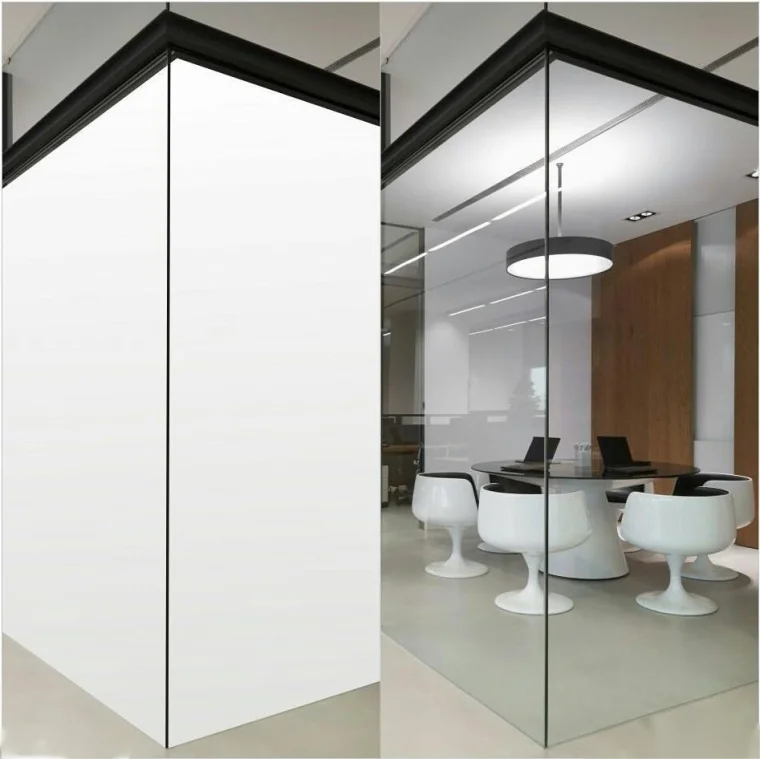
In recent years, sustainability has become a crucial consideration in the construction industry. As architects, builders, and homeowners strive to reduce their environmental impact, the choice of building materials plays a significant role. One such material that has gained popularity is UPVC cladding. In this blog post, we will delve into the sustainability aspects of UPVC cladding, examining its environmental impact, energy efficiency, recyclability, and long-term durability.
- Environmental Impact:
UPVC cladding is known for its low environmental impact compared to traditional building materials. It is manufactured using a process that emits fewer greenhouse gases and consumes less energy. Additionally, UPVC cladding does not require chemical treatments or preservatives, reducing the release of harmful substances into the environment. - Energy Efficiency:
UPVC cladding offers excellent thermal insulation properties, contributing to energy efficiency in buildings. Its insulating capabilities help maintain a comfortable indoor temperature, reducing the need for excessive heating or cooling. This, in turn, leads to lower energy consumption and reduced carbon emissions. - Recyclability:
One of the key sustainability features of UPVC cladding is its recyclability. At the end of its lifespan, UPVC cladding can be recycled and used to manufacture new products. This reduces the amount of waste sent to landfills and promotes a circular economy. However, it is important to note that proper recycling infrastructure and processes need to be in place to maximize the material's recyclability. - Long-Term Durability:
UPVC cladding is highly durable and resistant to weathering, rot, and pests. Its longevity ensures that buildings maintain their aesthetic appeal and structural integrity for an extended period. This reduces the need for frequent replacements, minimizing waste generation and resource consumption.
Conclusion:
In conclusion, UPVC cladding offers several sustainability benefits, making it an attractive choice for environmentally conscious construction projects. Its low environmental impact, energy efficiency, recyclability, and long-term durability contribute to a more sustainable built environment. However, it is essential to consider the entire life cycle of UPVC cladding, including its production, installation, maintenance, and end-of-life disposal, to ensure maximum sustainability.





